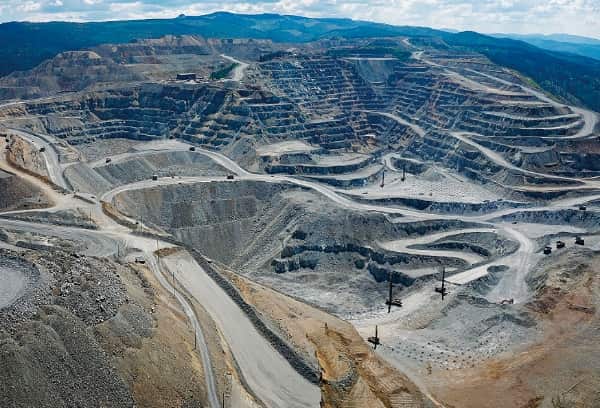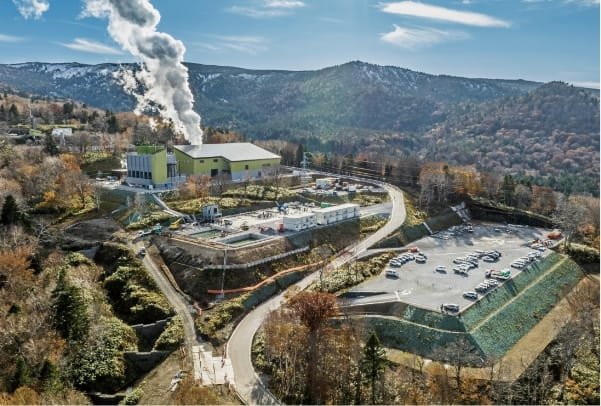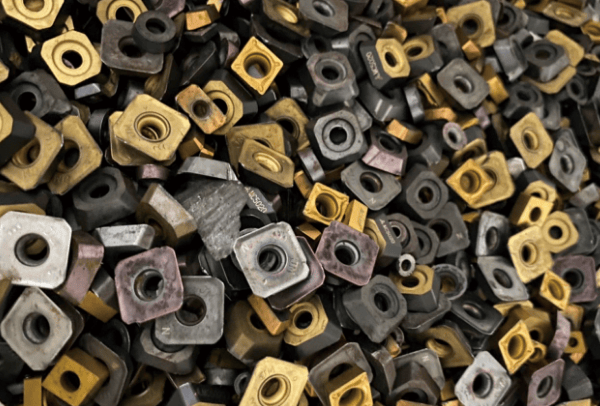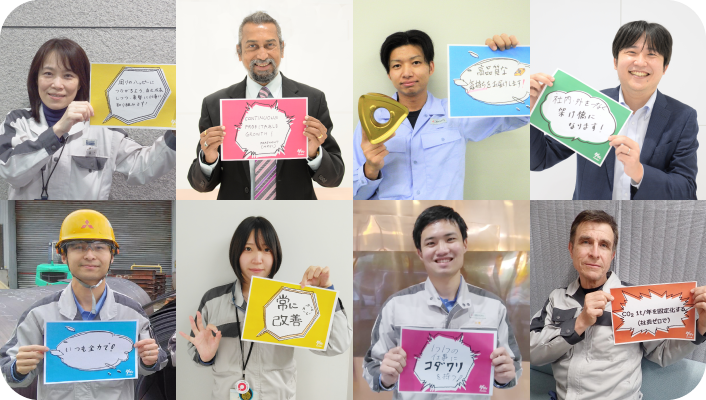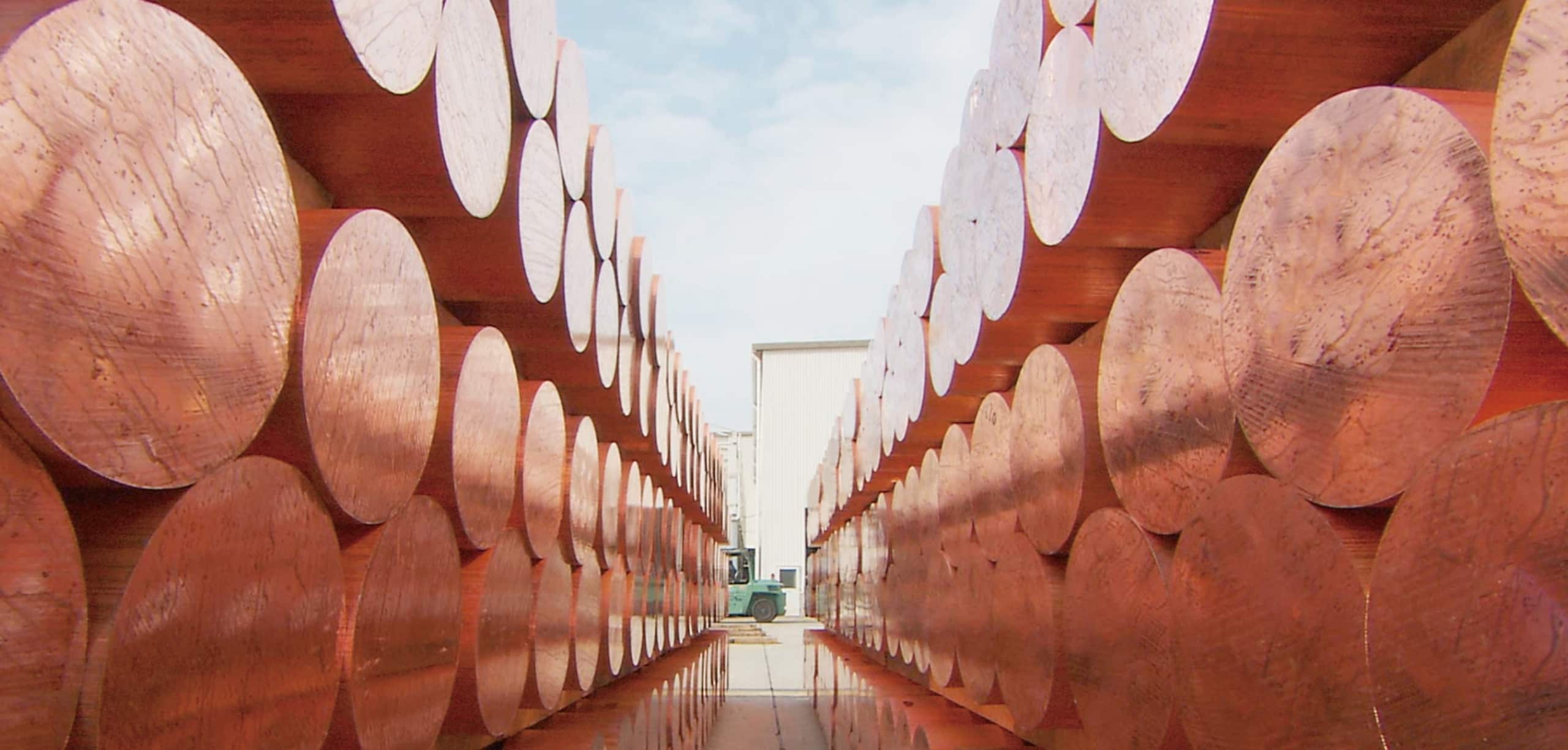
Strengthen the production system
for copper billets
and cakes
that will support the evolution
of next-generation technology
- Home
- Corporate
- Our Commitment
- Guideline to achieve "Our Commitment"
- Our Current Challenges
- Strengthen the production system for copper billets and cakes that will support the evolution of next-generation technology
Supporting next-generation technology
with an enhanced production system
With the advancement of vehicle electrification and the dissemination of the 5G communication system, there is a growing demand for processed copper products, such as automotive terminals and electronic parts for heat dissipation.
To contribute to the development of technologies for the next generation, Mitsubishi Materials has set forth the goal of enhancing the supply of high-performance materials and products in the FY2031 Strategy. The Copper & Copper Alloy business is making efforts to strengthen the system for producing copper billets and cakes, which are raw materials for the processed copper products.
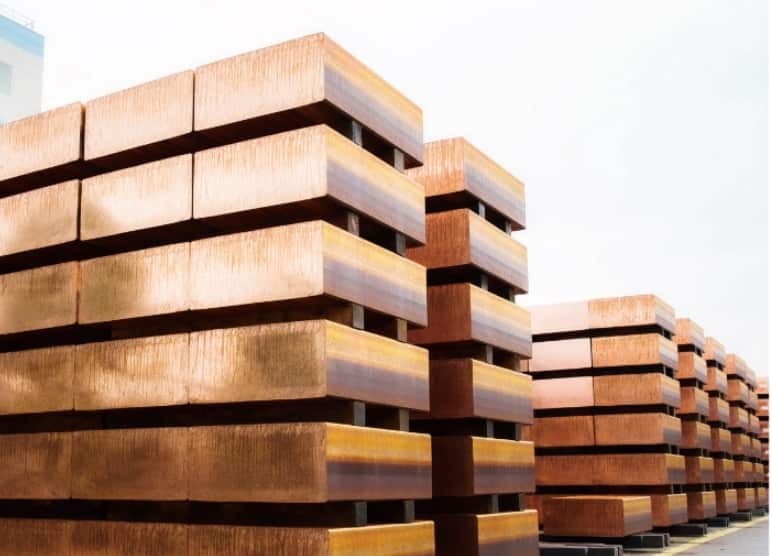

Strengthening the production system
The Sakai Plant, our mainstay manufacturing site for copper billets and cakes, has been enhancing its casting facilities with the goal of increasing production volume from its current state. However, simply enhancing facilities is not enough to achieve this goal. To achieve a system for increased production, it is necessary to analyze and improve four elements: plant employees, machines, materials, and methods. Collaboration with other plants and divisions is also essential. This is because the production system can be strengthened by aligning production with the sales department and the Sambo Plant, which handles secondary processing, and by aiming to optimize operations and inventories.
Therefore, looking ahead to facility enhancement, the Sakai Plant has been working on increasing the operating rate of existing lines for a few years, while enhancing collaboration with the Sambo Plant and other relevant organizations by having close discussions and sharing operational procedures. This has improved the operating rates of existing lines and established a system that maximizes the abilities of each site.
Considering the utilization of digital transformation (DX) to build a more efficient production system, the plant will further expand its production volume.
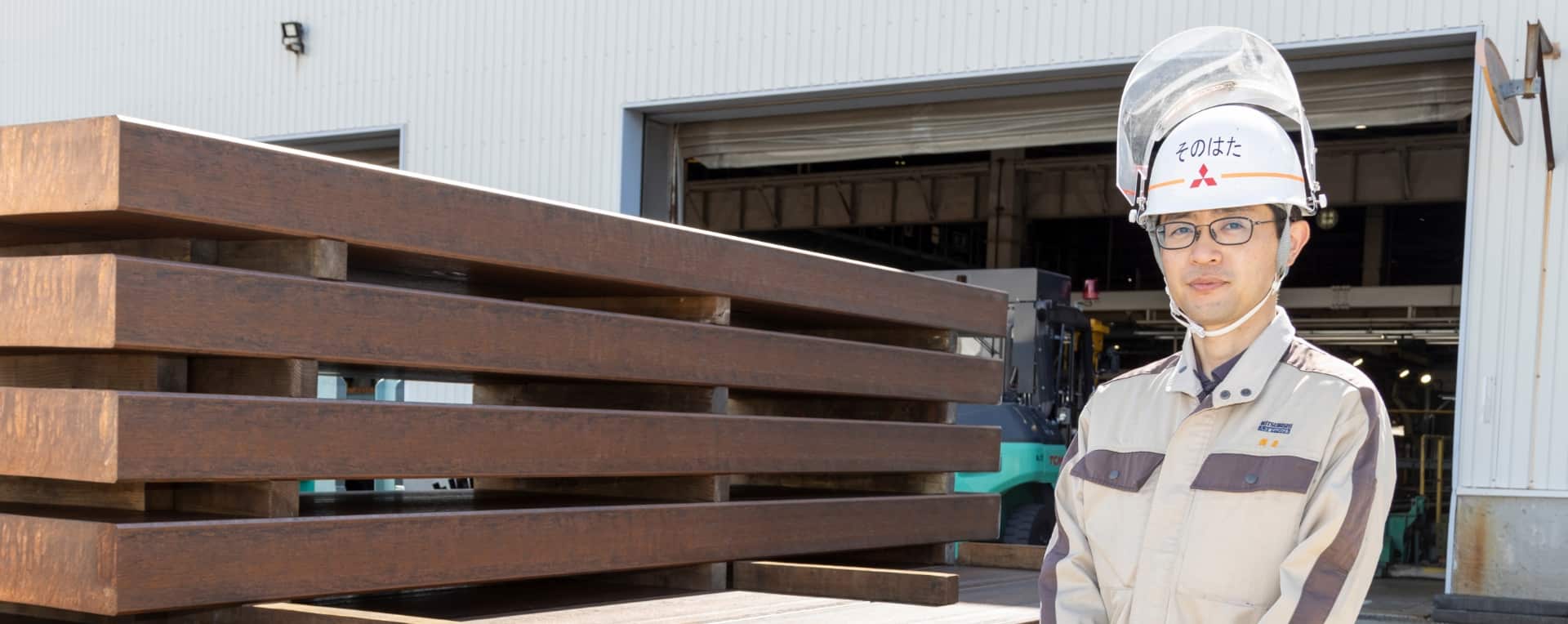
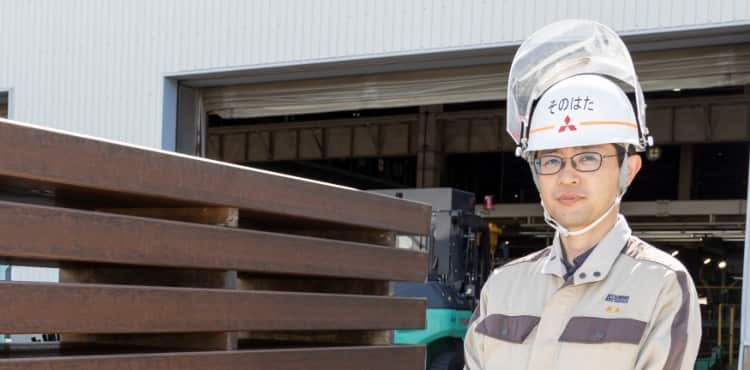
Creating high-quality
copper using long-cultivated
dissolution and casting
technologies
Takashi Sonohata
Manager
Copper Billets and Cakes Dept.,
Manufacturing Div.
Sakai Plant
Advanced Products Company
One of the strengths of the Sakai Plant, to which I belong, lies in its utilization of long-cultivated dissolution and casting technologies to mass-produce oxygen-free copper with an extremely low oxygen concentration. Generally, copper faces an issue known as hydrogen embrittlement, where it becomes fragile when heated in an atmosphere containing hydrogen. Oxygen-free copper has been employed as a solution to this issue.
Over Mitsubishi Materials' long history of manufacturing oxygen-free copper, our technicians have undergone a trial-and-error process to develop a technology for minimizing and stabilizing the oxygen concentration within copper. With the aid of this technology, we also mass-produce the MSP series of copper alloys containing magnesium, which is challenging to alloy due to its high susceptibility to oxidization. The MSP series exhibits superior strength, bendability, and stress relaxation resistance compared to conventional copper alloys, contributing to the enhanced performance of automotive terminals.
Going forward, we at the Sakai Plant will continue to steadily enhance the production system and aim to realize a prosperous society through the evolution of next-generation technology.
